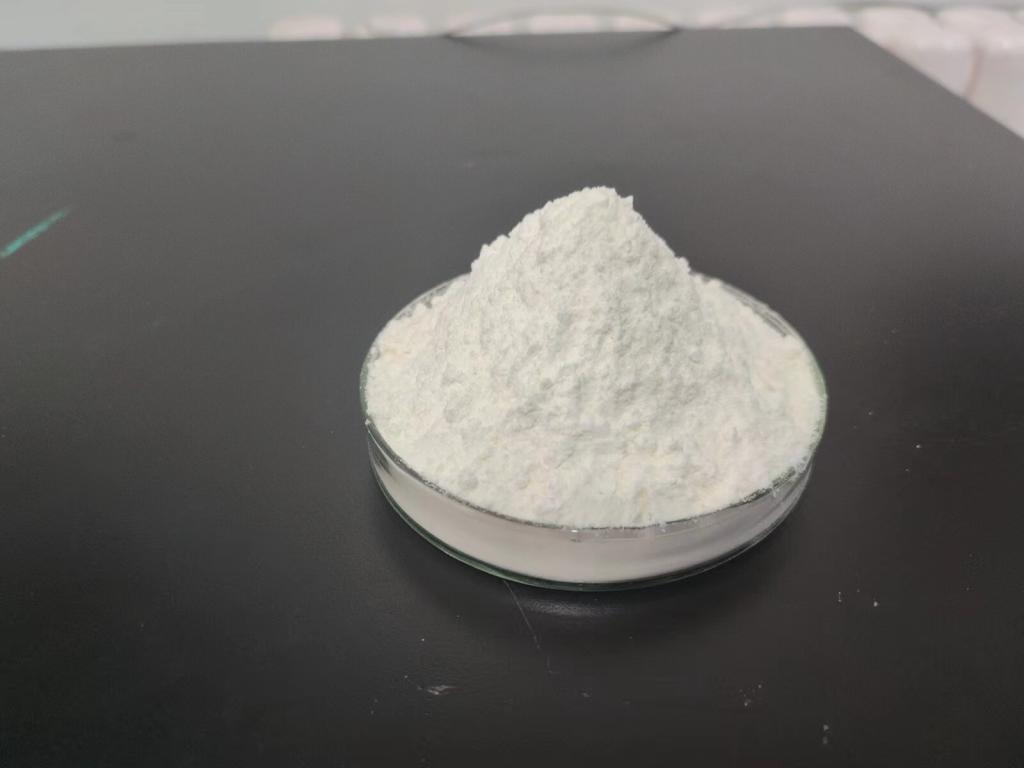Tel:+8618231198596

News
 CONTACT
CONTACT
 CONTACT
CONTACT
- Linkman:Linda Yao
- Tel: +8618231198596
- Email:linda.yao@dcpharma.cn
- Linkman:CHARLES.WANG
- Department:Overseas
- Tel: 0086 0311-85537378 0086 0311-85539701
News
Innovations in Crop Protection: ε-Polylysine Hydrochloride for Sustainable Agriculture
TIME:2024-01-31
I. Understanding ε-Polylysine Hydrochloride:
Derived from microbial fermentation, ε-Polylysine Hydrochloride is a biodegradable polymer with a unique molecular structure. Composed of lysine residues linked by ε-amino bonds, it possesses antimicrobial properties that make it effective against a broad spectrum of microorganisms. Its natural origin aligns with the growing demand for sustainable alternatives in agriculture.
II. The Need for Sustainable Crop Protection:
Conventional crop protection methods often rely heavily on chemical pesticides and herbicides, leading to concerns about environmental pollution, health risks, and the development of pesticide-resistant pests. As agriculture grapples with the need to increase productivity while minimizing ecological impacts, sustainable crop protection methods have become imperative.
III. Antimicrobial Properties of ε-Polylysine Hydrochloride:
The antimicrobial activity of ε-Polylysine Hydrochloride is rooted in its ability to disrupt microbial cell membranes. This characteristic makes it effective against bacteria, fungi, and certain viruses. When applied to crops, ε-Polylysine Hydrochloride can serve as a natural defense mechanism, targeting harmful pathogens without the ecological repercussions associated with synthetic chemicals.
IV. Modes of Action in Crop Protection:
ε-Polylysine Hydrochloride acts as a protective shield for crops through multiple modes of action. It can inhibit the growth and development of bacterial and fungal pathogens on plant surfaces, preventing the onset of diseases. Additionally, its antiviral properties may offer protection against certain plant viruses, contributing to overall crop health.
V. Eco-Friendly Nature and Biodegradability:
One of the key advantages of ε-Polylysine Hydrochloride in sustainable agriculture is its eco-friendly nature. Being biodegradable, it breaks down into non-toxic components, reducing the environmental footprint associated with persistent chemical residues. This property aligns with the principles of sustainable agriculture, promoting soil health and biodiversity.
VI. Applications in Crop Disease Management:
Crop diseases caused by bacteria and fungi can lead to significant yield losses. ε-Polylysine Hydrochloride presents a potential solution for managing these diseases by acting as a preventive and curative agent. Its application on seeds, foliage, or soil can provide a protective barrier against pathogens, contributing to healthier crops and increased yields.
VII. Potential for Biological Control of Pests:
In addition to its antimicrobial properties, ε-Polylysine Hydrochloride may play a role in the biological control of pests. Research suggests that it can interfere with the reproductive processes of certain insects, acting as a natural deterrent. This mode of action opens avenues for reducing reliance on synthetic insecticides and promoting integrated pest management (IPM) practices.
VIII. Compatibility with Organic Farming:
As consumer demand for organic produce continues to rise, the compatibility of ε-Polylysine Hydrochloride with organic farming practices is noteworthy. Its natural origin and biodegradability make it a suitable choice for organic growers seeking effective crop protection solutions that meet stringent certification requirements.
IX. Field Trials and Efficacy:
The transition from laboratory studies to field trials is a critical step in assessing the real-world efficacy of any crop protection innovation. Ongoing field trials and case studies are providing valuable insights into the practical applications of ε-Polylysine Hydrochloride, including its performance under different environmental conditions and its impact on crop yields.
X. Potential Reduction in Chemical Residues:
By incorporating ε-Polylysine Hydrochloride into crop protection strategies, farmers may reduce their reliance on chemical pesticides. This has the potential to lower the presence of chemical residues in crops, contributing to food safety and addressing consumer concerns about the long-term health effects of pesticide exposure.
XI. Challenges and Future Developments:
While ε-Polylysine Hydrochloride shows promise in sustainable agriculture, challenges such as optimization of application methods, dosage precision, and regulatory approvals must be addressed. Continued research and development efforts will refine its use in diverse crops and farming systems, ensuring its practicality and effectiveness on a global scale.
XII. Economic Viability and Adoption:
The economic viability of any innovation plays a crucial role in its adoption by farmers. As ε-Polylysine Hydrochloride advances through research and gains recognition for its efficacy, considerations of cost-effectiveness and economic feasibility will become key factors in its widespread adoption.
XIII. Conclusion:
ε-Polylysine Hydrochloride represents a significant innovation in the quest for sustainable and environmentally friendly crop protection methods. Its natural origin, antimicrobial properties, and biodegradability position it as a valuable tool for addressing the challenges faced by modern agriculture. As the industry seeks alternatives to conventional pesticides, ε-Polylysine Hydrochloride offers a promising avenue for the development of sustainable crop protection strategies, contributing to the resilience and health of agricultural ecosystems worldwide.
- Tel:+8618231198596
- Whatsapp:18231198596
- Chat With Skype







